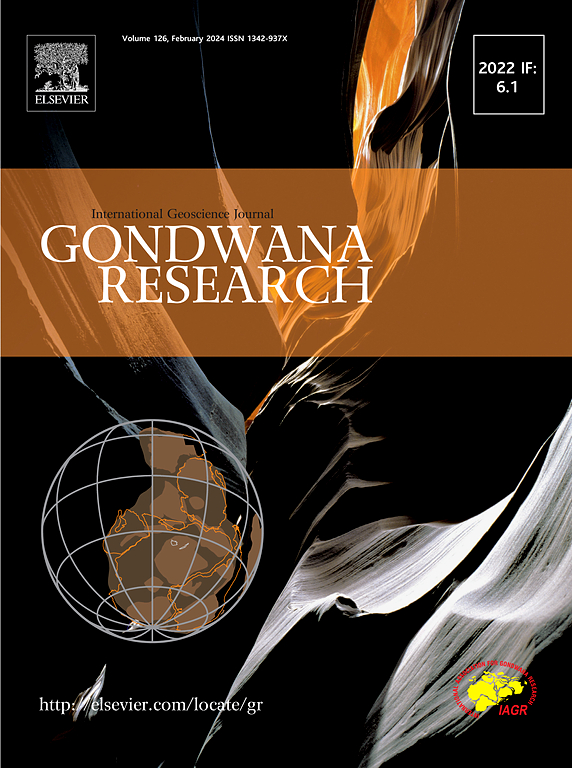A billion years of geological drama – Boring or brilliant?
IF 7.2
1区 地球科学
Q1 GEOSCIENCES, MULTIDISCIPLINARY
引用次数: 0
Abstract
Used to describe the Paleo-Mesoproterozoic era (1800–800 Ma), the term «Boring Billion» is, in many ways, a misnomer. The conventional focus on the significance of pO2 for life, along with the discovery of the first metazoans in the rock record around 800 million years ago (according to molecular clock estimates), and the enduring human interest in later Ediacaran macroscopic fossils, are just a few factors contributing to this undeserved characterization. Initially perceived as a phase of geological inertia that may have hindered biological development, recent research has illuminated pivotal milestones in both environmental and biological domains throughout the ’Boring Billion.’ Through a thorough review of existing literature, we present a discussion encompassing plate tectonics, atmosphere–ocean chemistry, nutrient cycling, temperature fluctuations, and mineral evolution. Furthermore, we explore significant biological phenomena such as eukaryogenesis, predation, and potential metazoan origins, contextualizing these events within the broader geo-biological narrative of the period.
Our discussion delves into the latest research within the realm of established notions about this era. We emphasize the abiotic factors that influenced life’s evolution, drawing parallels between contemporary geochemical trends and the evolution of complex life forms, including animals. We also delve into the prerequisites and origins of eukaryogenesis, exploring diversification during the Middle Proterozoic. Furthermore, we examine the role of environmental cues in driving biological innovation throughout this billion-year span. This research offers an alternative lens through which to interpret geological trends and the evolutionary trajectory of complex life. By spotlighting shifts in Earth system processes—such as plate tectonics, atmosphere–ocean redox dynamics, marine nutrient cycles, and biological evolution—during the “Boring Billion”, our study invites readers to critically assess this significant era in Earth’s history.

求助全文
约1分钟内获得全文
求助全文
来源期刊

Gondwana Research
地学-地球科学综合
CiteScore
12.90
自引率
6.60%
发文量
298
审稿时长
65 days
期刊介绍:
Gondwana Research (GR) is an International Journal aimed to promote high quality research publications on all topics related to solid Earth, particularly with reference to the origin and evolution of continents, continental assemblies and their resources. GR is an "all earth science" journal with no restrictions on geological time, terrane or theme and covers a wide spectrum of topics in geosciences such as geology, geomorphology, palaeontology, structure, petrology, geochemistry, stable isotopes, geochronology, economic geology, exploration geology, engineering geology, geophysics, and environmental geology among other themes, and provides an appropriate forum to integrate studies from different disciplines and different terrains. In addition to regular articles and thematic issues, the journal invites high profile state-of-the-art reviews on thrust area topics for its column, ''GR FOCUS''. Focus articles include short biographies and photographs of the authors. Short articles (within ten printed pages) for rapid publication reporting important discoveries or innovative models of global interest will be considered under the category ''GR LETTERS''.
 求助内容:
求助内容: 应助结果提醒方式:
应助结果提醒方式:


